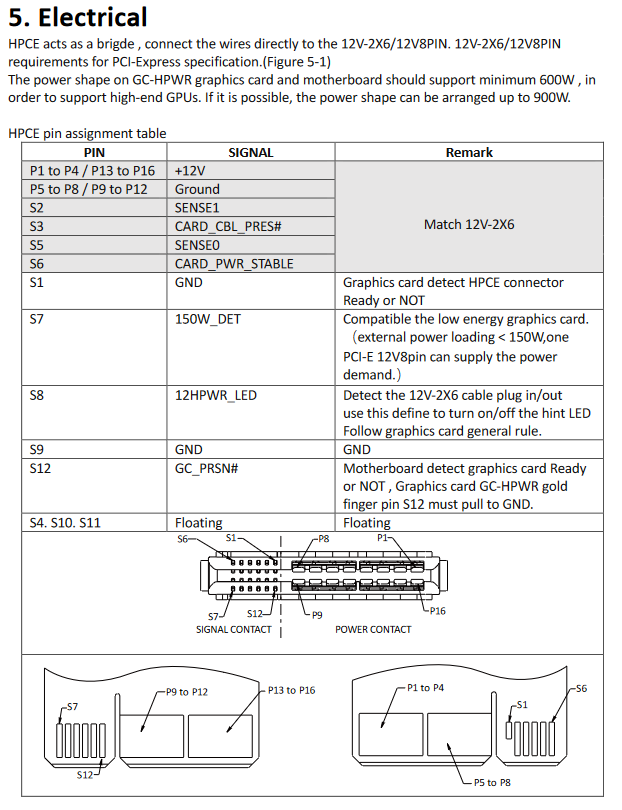New GPU power connector design eliminates cables, delivers 900 watts

 Image: Asus
Image: AsusBetween the “melting” issues of the 12VHPWR connector for PCIe 5.0 graphics cards, and the recent “war on cables” push for eliminating or hiding connections to a PC’s power supply, we’ve seen a lot of recent development in the highly specific area of GPU power connections. Now another new option has been revealed by a proficient Twitter leaker. The GC-HPCE, a variation on an existing motherboard part, could let graphics cards draw power directly from a motherboard-based connection, delivering up to 900 total watts.
We’ve seen this kind of connection before, well in advance of the Momomo_US Twitter post that’s making the rounds (via Tom’s Hardware). It looks like Asus was using a preliminary version of the GC-HPCE when it showed off a “cable free” GPU-motherboard connection at Computex in May, which have since been slated for production. In short, the new connection is a supplement to the main PCIe 5.0 port, spaced a couple of inches back on the motherboard. The GPU plugs into both the main PCIe port and the GC-HPCE power connection at the same time, with the latter delivering electricity via a conventional power supply cable plugged into the rear side of the motherboard.

momomo_us
momomo_us
momomo_us
The advantages are obvious. With a rear connection on the motherboard, you can reduce cables in the primary desktop chamber, improving both airflow and aesthetics. But apparently this design has some much more practical improvements. A total connection lifetime of 200 cycles is a big improvement over the 12-cycle rating of the 12VHPWR, so it should be far less susceptible to damage from inserting and removing graphics cards. (So long as you leave the actual power rail on the rear of the motherboard alone, I guess.) But it’s also rated for more powah: The 28-pin connection is rated for up to 900 watts, presumably delivered by multiple rear-mounted power supply cables.
Multiple competing standards are always a headache. But I can see this one gaining some serious traction, especially since Asus is apparently behind it enough that it’s already building hardware. With more and more powerful GPUs exceeding even the limits of PCIe 5.0 electrical draw designs, not to mention the ability to hide power cables more easily, it would be a boon to any graphics card maker to support the GC-HPCE connection. The downside is that you would need both a motherboard and a GPU that are compatible (though existing power supplies should work just fine, possibly with adapters).
Still, as the transition to PCIe 5.0 is progressing slooooooowly, the standards and expectations remain in flux. Who knows what will become commonplace by next year’s Computex?
Author: Michael Crider, Staff Writer

Michael is a former graphic designer who’s been building and tweaking desktop computers for longer than he cares to admit. His interests include folk music, football, science fiction, and salsa verde, in no particular order.
Recent stories by Michael Crider:
May GeForce be with you: Nvidia made an Admiral Ackbar RTX 4080Nvidia’s ‘Premium AI’ push for PCs claims GPUs rule, NPUs droolGigabyte’s ‘Xtreme Ice’ RTX GPU and motherboard will deck out your PC



